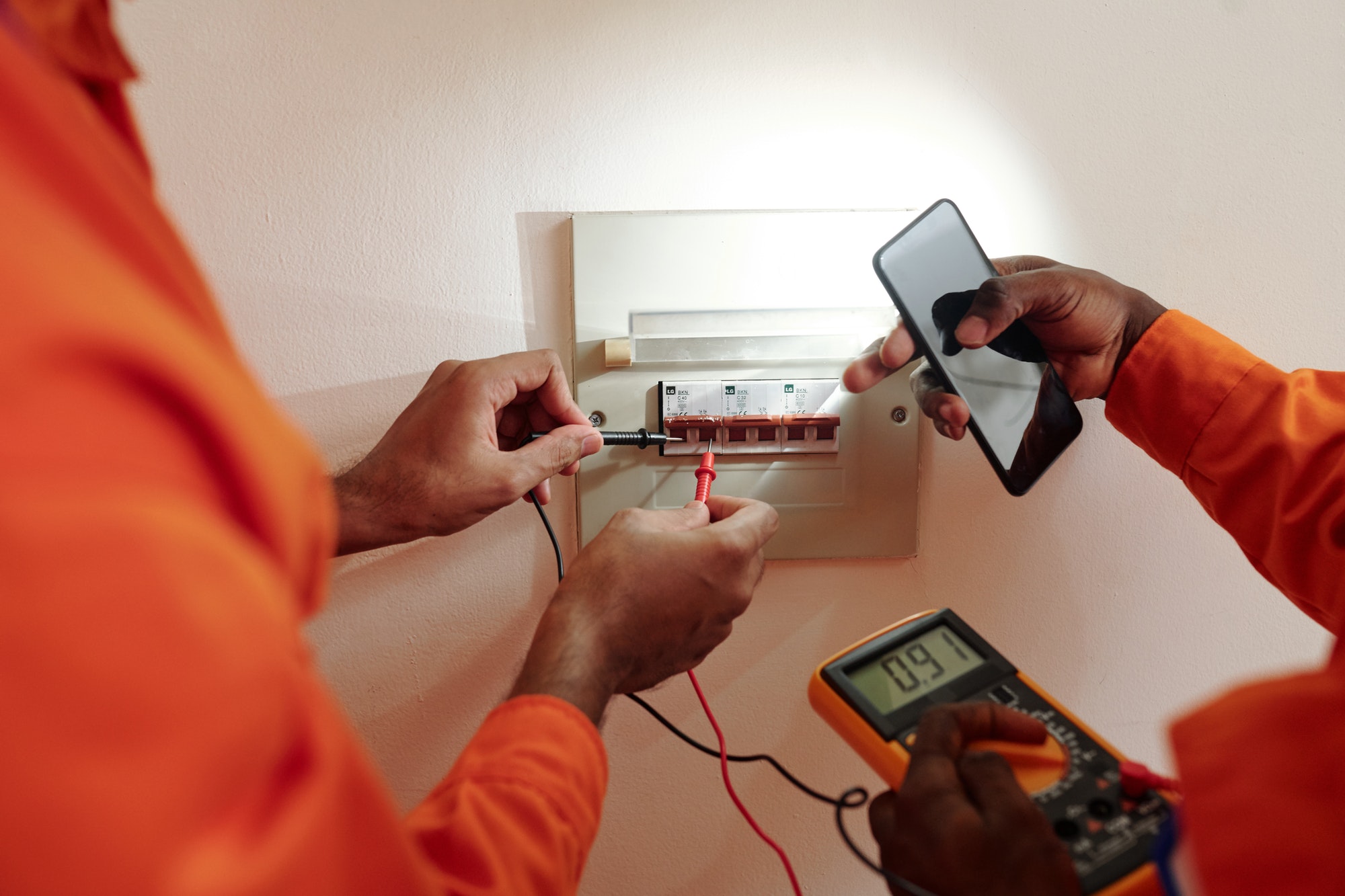The fusebox, or electrical panel, is a crucial component of your home’s electrical system, distributing and regulating the power flow. Over time, changes in electrical standards, increased power demands, and natural wear and tear can necessitate the replacement or upgrading of the fusebox. Recognizing the signs that your fusebox is due for an upgrade is essential for maintaining electrical safety and efficiency. Here are key indicators to watch for:
1. Age of the Fusebox
If your fusebox is over 25 years old, it’s likely time to consider an upgrade. Older fuseboxes might not comply with current electrical codes and may not be equipped to handle modern electrical loads. This is especially true in homes with numerous modern appliances and devices.
2. Frequent Tripping of Circuit Breakers
If your circuit breakers frequently trip, or if replacing fuses has become a regular task, this is a clear sign that your fusebox is struggling to handle your home’s power needs. Frequent tripping can indicate an overloaded system, inadequate capacity, or faulty wiring.
3. Unusual Noises
Buzzing, hissing, or crackling sounds coming from the fusebox are not normal and indicate that something is malfunctioning. These noises could stem from loose or faulty wiring, which poses a significant fire risk.
4. Evidence of Electrical Fires
Any sign of scorching or burn marks inside the panel or on breakers/fuses is a serious warning of potential electrical fires. This can result from overloading or short-circuiting, which should be addressed immediately.
5. Rust or Corrosion
Rust or other signs of corrosion within your electrical panel can compromise its safety and functionality. Moisture is a significant hazard in electrical systems, and corrosion can lead to malfunctions or even failures.
6. Insufficient Power Supply
If your lights dim when you turn on appliances, or if you need to unplug one appliance to use another, your fusebox may not have adequate capacity to meet your electrical demands. Modern homes typically require more power than older systems can provide.
7. Use of Multiple Extension Cords and Power Strips
Over-reliance on extension cords and power strips can be a sign that your existing electrical setup isn’t meeting your needs. Not only is this a potential tripping hazard, but it also indicates that your fusebox may require more circuits.
8. Non-Existence of GFCI Outlets in Wet Areas
Modern electrical safety standards require ground fault circuit interrupter (GFCI) outlets in all wet or damp locations like bathrooms, kitchens, and outdoor areas. If your fusebox cannot support GFCI outlets, it’s time for an upgrade.
9. Incompatibility with Insurance Requirements
Sometimes, the type of electrical panel can affect your home insurance. Panels known for electrical problems, like certain types of old fuseboxes or recalled models, might not meet your insurance company’s requirements, necessitating an upgrade for coverage.
Conclusion
Keeping your fusebox in good working order is essential for the safety, efficiency, and reliability of your home’s electrical system. If you notice any of these signs, consult a licensed electrician who can determine whether a simple repair or a complete upgrade is necessary. Regular inspections and maintenance can help ensure that your electrical system meets your current needs and adheres to safety standards.







